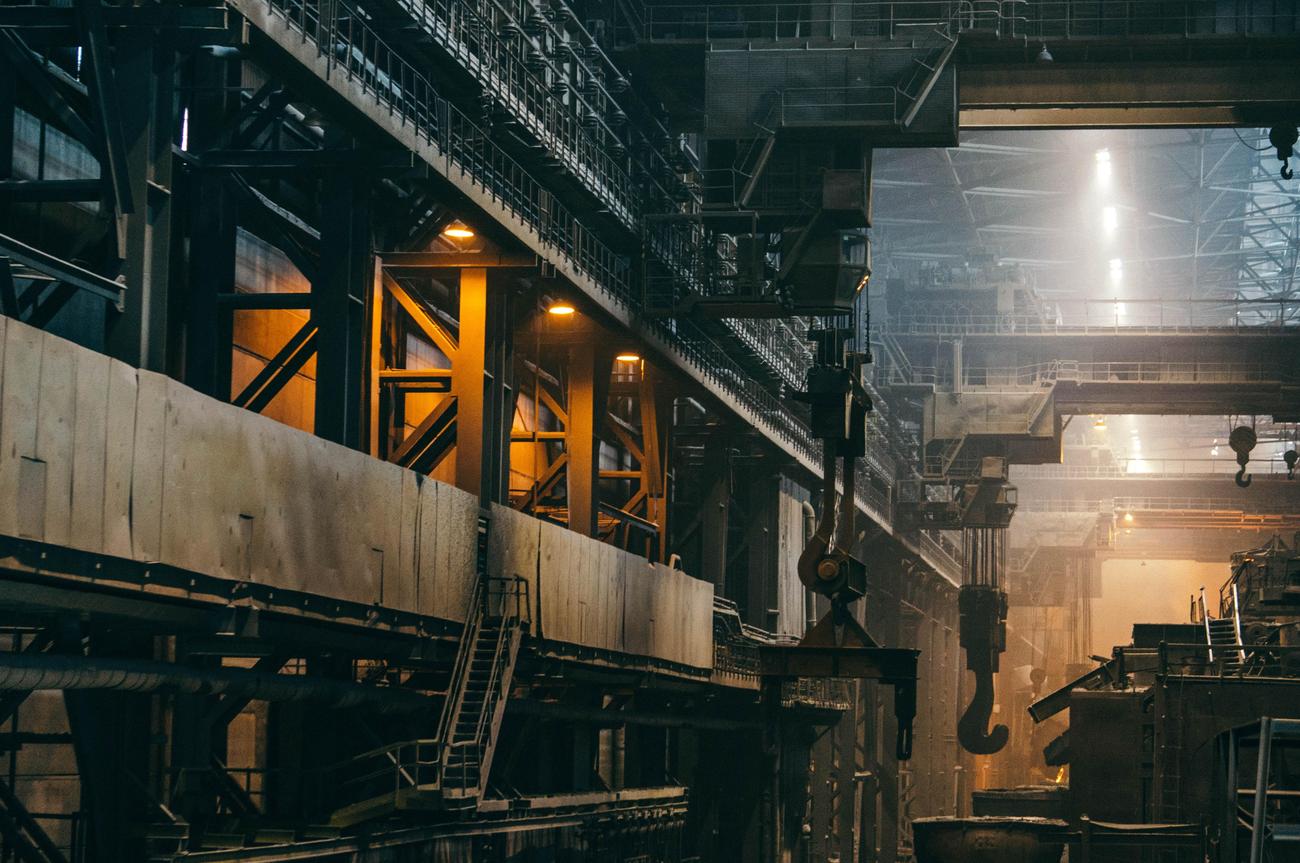Are you curious about how the world of metallurgy is embracing sustainability and environmental consciousness? Look no further! This article delves into the exciting advancements and innovations in sustainable metallurgy. From reducing ecological impact to optimizing resource usage, we explore how metallurgical processes are becoming more environmentally friendly. Join us on this journey as we uncover the cutting-edge practices that are shaping the future of metallurgy with a focus on sustainability.

Metallurgy and Sustainability
The metal industry is constantly evolving, and one area that has seen a significant shift in recent years is the focus on sustainability. As the world becomes more aware of the environmental impact of industrial processes, metallurgists are stepping up to the challenge and finding innovative ways to minimize waste generation, energy consumption, and environmental damage.
Sustainable metallurgy is the development and implementation of eco-efficient processes that optimize resource usage and reduce the ecological footprint of metal production. This interdisciplinary field brings together experts from extractive metallurgy, physical metallurgy, chemistry, and solid-state physics to tackle the critical challenges facing the industry.
Why is sustainable metallurgy so crucial? Because the metal industry, particularly steel production, has a massive impact on the environment due to the sheer volume of metal being produced. It is estimated that the steel industry alone accounts for around 7% of global greenhouse gas emissions. By finding ways to improve the sustainability of steel production, we can make a significant contribution to reducing these emissions and mitigating climate change.
But how can we achieve sustainable metallurgy? One of the key approaches is through process optimization. By identifying opportunities to improve efficiency, reduce waste, and minimize energy consumption, metallurgists can make a substantial impact on the environmental footprint of metal production. This can involve changing the materials used, modifying the production methods, or implementing innovative technologies.
Recycling is another important aspect of sustainable metallurgy. By recycling scrap metal and using it as a raw material for metal production, we can reduce the need for primary metal extraction, which is often an energy-intensive and environmentally damaging process. In addition to reducing waste and conserving resources, recycling also helps to reduce greenhouse gas emissions and air pollution.
“Process optimization and recycling are two key pillars of sustainable metallurgy, offering tangible benefits for the environment and the industry as a whole.”
In addition to these core approaches, there are several other methods for improving the direct sustainability of structural metals, such as reduced-carbon dioxide primary production, scrap-compatible alloy design, contaminant tolerance, and improved alloy longevity. Each of these strategies focuses on minimizing the environmental impact of metal production without compromising the quality and performance of the final product.
But sustainable metallurgy isn’t just about the technical aspects; it also requires a holistic approach to environmental stewardship. This means considering the entire life cycle of the metal, from extraction to disposal, and taking into account factors such as water usage, air pollution, and waste management. By adopting a comprehensive and integrated approach, metallurgists can ensure that their processes are not only environmentally friendly but also economically viable and socially responsible.
“Sustainable metallurgy goes beyond technical solutions; it encompasses a holistic approach to minimize environmental impact throughout the metal’s life cycle.”
In conclusion, sustainable metallurgy holds tremendous potential for reducing the ecological footprint of the metal industry. By embracing innovative technologies, optimizing processes, and adopting a holistic approach to environmental consciousness, metallurgists can make a significant contribution to a more sustainable future. This interdisciplinary field has the power to shape the industry and pave the way for a greener and more environmentally conscious metal production.
This message is clear: sustainable metallurgy is not only possible, but it is also essential for the future of our planet and the industry.
Steel is an incredible material with a fascinating history. If you’re curious to know more about steel facts and its intriguing past, click here to uncover the secrets of its journey! From its humble beginnings to its numerous applications in our modern world, the story of steel is one that will captivate and inspire. Discover the wonders of steel’s history by clicking on this link: Steel Facts History.
FAQ
Question 1
What is sustainable metallurgy?
Answer 1
Sustainable metallurgy involves the development and implementation of eco-efficient processes in the metal industry that minimize waste generation, energy consumption, and environmental impact. It focuses on finding innovative ways to reduce the ecological footprint of metallurgical processes.
Question 2
Why is sustainable metallurgy important?
Answer 2
Sustainable metallurgy is important because it aims to significantly improve the sustainability of metal production, particularly in the steel industry which produces large amounts of metal. By reducing waste, energy consumption, and environmental impact, sustainable metallurgy contributes to a more environmentally conscious and sustainable future.
Question 3
What disciplines are involved in sustainable metallurgy?
Answer 3
Sustainable metallurgy is an interdisciplinary field that involves various disciplines such as extractive metallurgy, physical metallurgy, chemistry, and solid-state physics. These disciplines work together to develop and implement sustainable practices in the metal industry.
Question 4
How can the direct sustainability of structural metals be improved?
Answer 4
There are several methods to improve the direct sustainability of structural metals. These include reduced-carbon dioxide primary production, recycling, scrap-compatible alloy design, contaminant tolerance, and improved alloy longevity. By implementing these methods, the environmental impact of structural metal production can be minimized.
Question 5
What is the aim of the Journal of Sustainable Metallurgy?
Answer 5
The Journal of Sustainable Metallurgy aims to be the reference publication in the area of sustainable metallurgy. It addresses critical challenges and contributes to solutions by publishing research and advancements in sustainable practices within the metal industry. The journal serves as a platform to raise awareness and promote sustainable metallurgical processes.
“`json
“`
- Unveiling the Enigma: Mansoureh Khojasteh Bagherzadeh’s Public Appearances & Private Life in Iran - July 18, 2025
- Unveiling the Mystery: Mansoureh Khojasteh Bagherzadeh’s Husband: A Rare Glimpse into a Private Life - July 18, 2025
- Unveiling Masoud Khamenei’s Mother: Power, Influence, and Iran’s Future - July 18, 2025
















